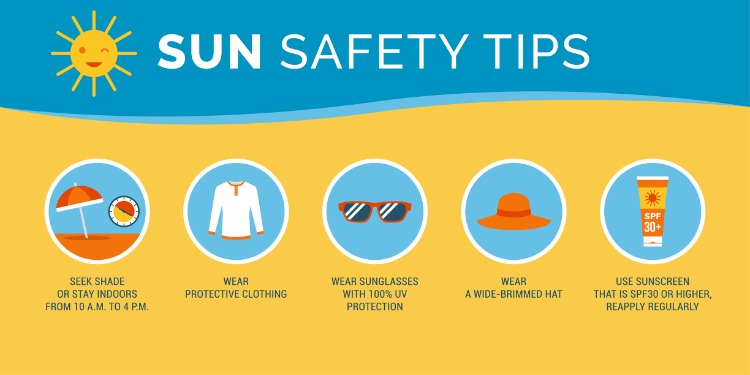New research highlights safety concerns in popular sunscreens, prompting experts to warn against harmful ingredients and recommend safer alternatives for sun protection.
Are Your Sunscreens Safe? Experts Warn of Harmful Chemicals in Popular Products
As summer approaches, millions are reaching for their trusted sunscreens—but recent findings suggest that not all sun protection products are created equal. A comprehensive study released by the Environmental Working Group (EWG) has sparked widespread concern by revealing that nearly 80% of sunscreens sold in the United States may pose health risks due to questionable ingredients and ineffective protection.
The Hidden Risks in Everyday Sunscreens
The EWG’s 2025 Sunscreen Guide evaluated over 1,700 sun care products and found that many failed to meet basic safety and efficacy standards. The report points to common ingredients such as oxybenzone, octinoxate, and benzene—an industrial chemical that is a known human carcinogen—as potential threats to consumer health.
“These chemicals are absorbed through the skin and can disrupt hormones or potentially increase cancer risk,” said Dr. Rachel Alvarez, a toxicologist affiliated with the study.
“What’s more alarming is that some aerosol sprays release particles small enough to be inhaled, compounding the health hazards.”
FDA and Public Health Response
The U.S. Food and Drug Administration (FDA) has acknowledged growing concerns over sunscreen ingredients and is currently reviewing safety data. While the agency has yet to ban any specific chemicals outright, it has urged manufacturers to conduct further testing and reformulate products where necessary.
In response, consumer advocacy groups are pushing for clearer labeling and stricter regulation to ensure sunscreens are both safe and effective.
Sunscreen Myths and Misconceptions
Many consumers equate higher SPF ratings with better protection, but the EWG warns that this can be misleading. According to their findings, SPF values over 50 may give a false sense of security, leading users to reapply less frequently and stay in the sun longer—both of which increase the risk of sunburn and skin damage.
Additionally, “reef-safe” claims are often unregulated, and many products marketed as eco-friendly still contain marine-toxic chemicals.
Choosing Safer Sunscreens: What to Look For
Health experts recommend opting for mineral-based sunscreens that contain zinc oxide or titanium dioxide—both of which are considered safe and effective physical blockers of UV radiation. These ingredients sit on the skin’s surface rather than being absorbed, making them less likely to enter the bloodstream or disrupt hormones.
Here are a few tips for safer sun protection:
- Choose sunscreens labeled as broad-spectrum to ensure protection from both UVA and UVB radiation.
- Choose non-aerosol products to avoid inhalation risks.
- Avoid products with oxybenzone, octinoxate, and avobenzone if you have sensitive skin or are concerned about long-term health effects.
- Reapply sunscreen at least every two hours, and immediately after swimming or heavy sweating.
The Bigger Picture: Why It Matters
Skin cancer remains one of the most common types of cancer in the world, and proper sun protection is critical. But as new data emerges, it’s clear that protecting your skin shouldn’t come at the cost of your overall health. Consumers are encouraged to stay informed, read labels, and advocate for better regulation in the personal care industry.
Conclusion
As research continues to uncover the risks associated with certain sunscreen ingredients, consumers are urged to be more cautious in their choices. With safer alternatives available and growing public awareness, this issue highlights the need for transparency and innovation in the skincare industry. Protecting your skin and your health can—and should—go hand in hand.





